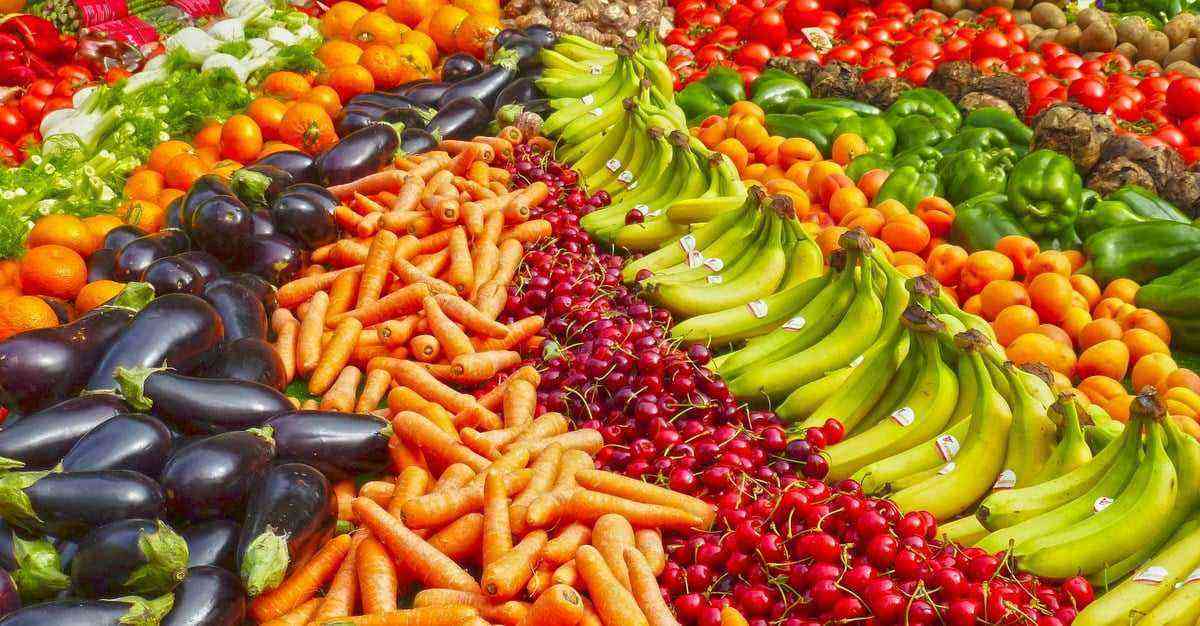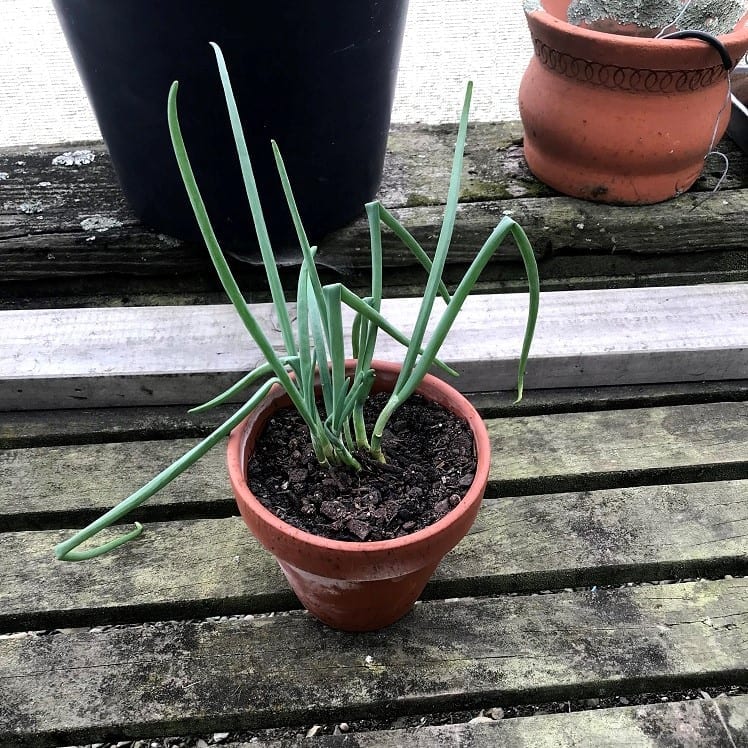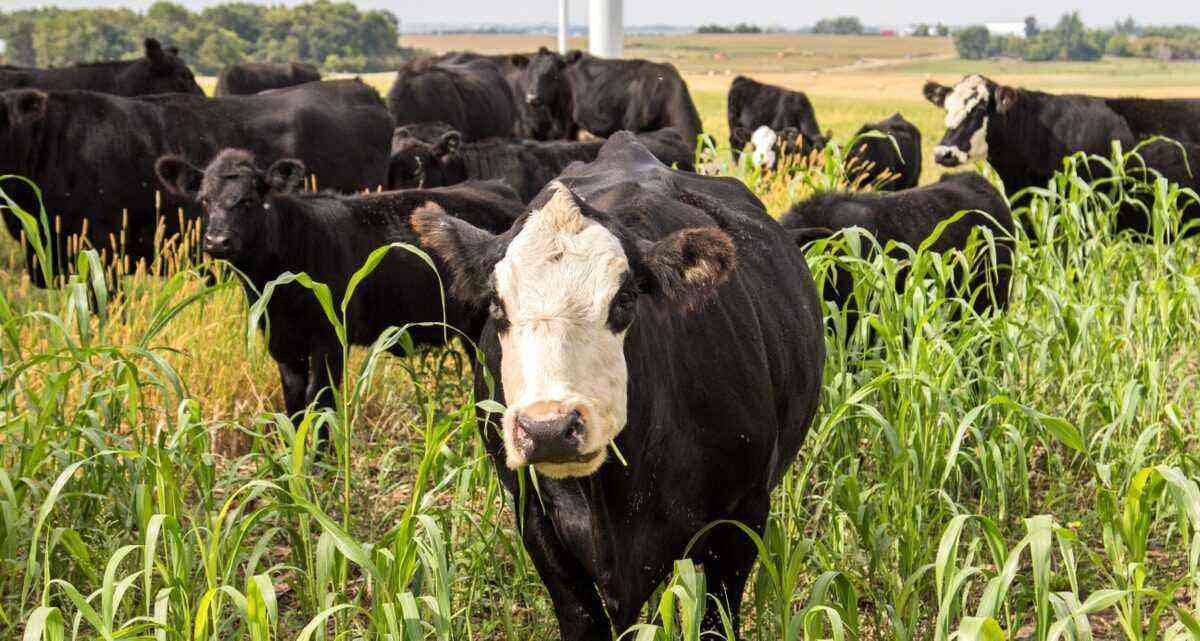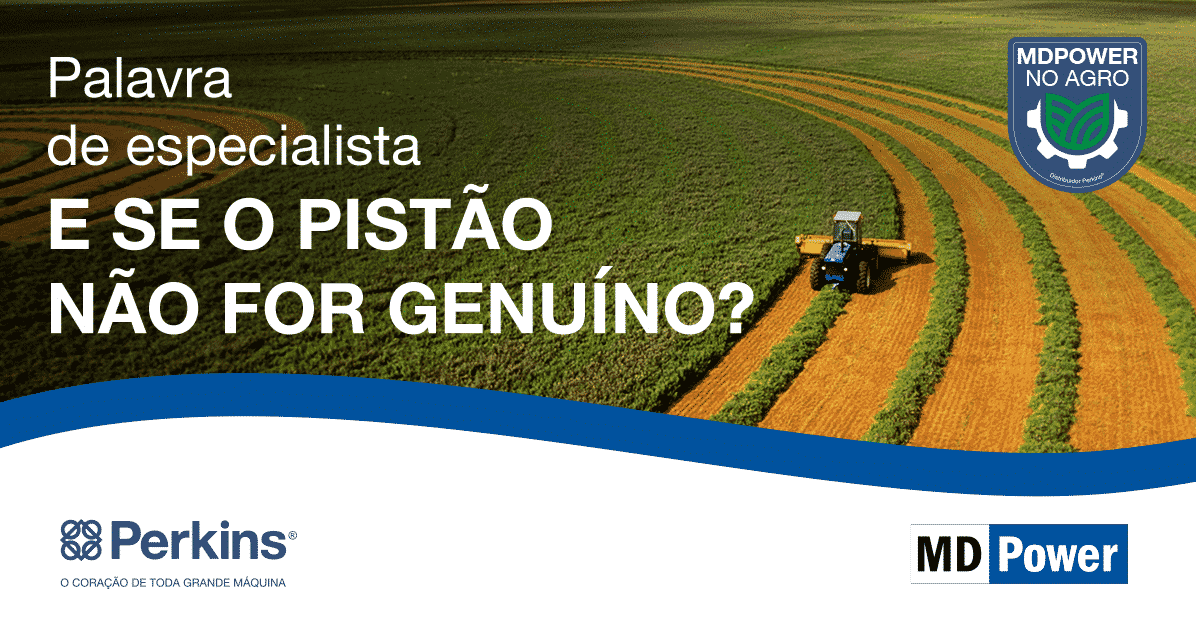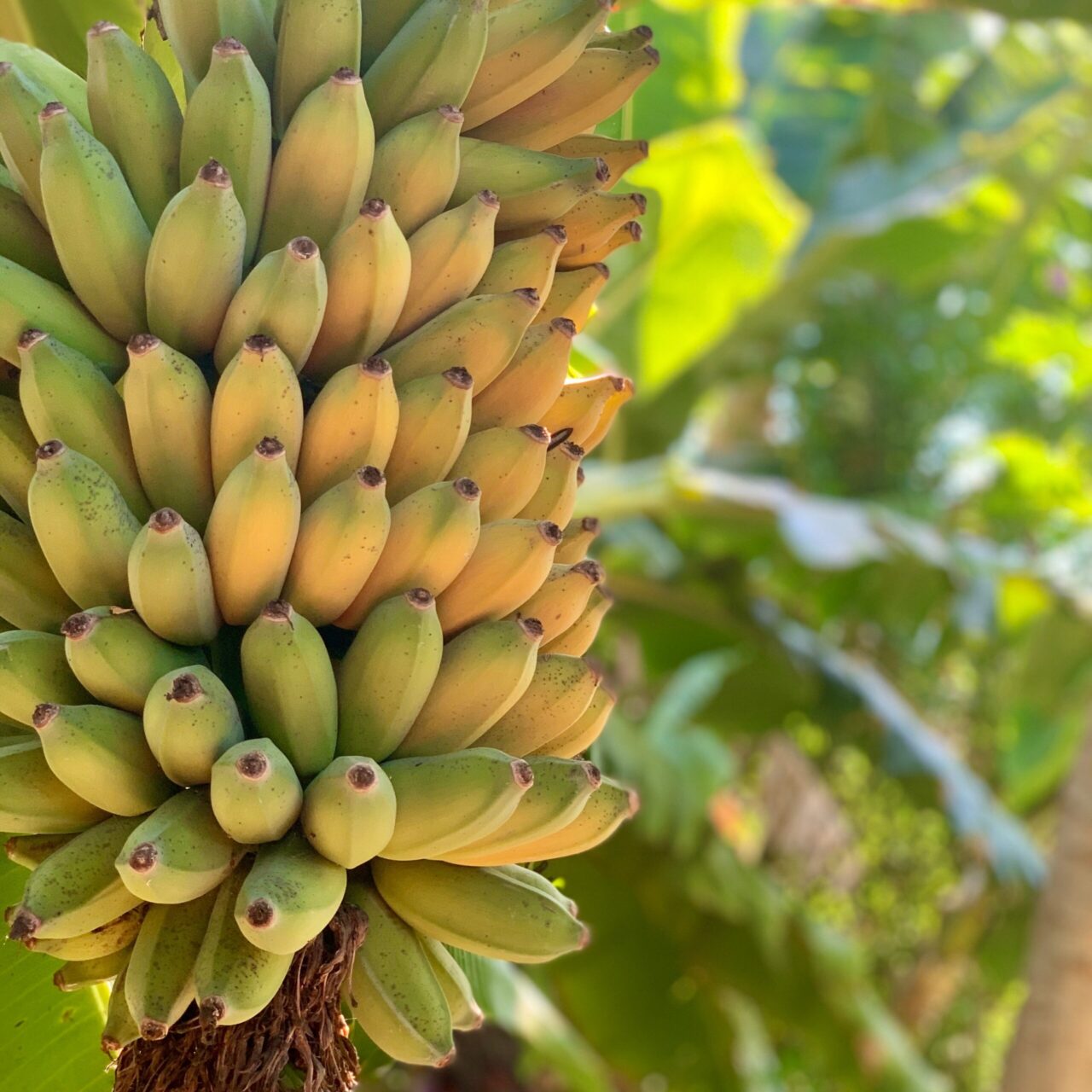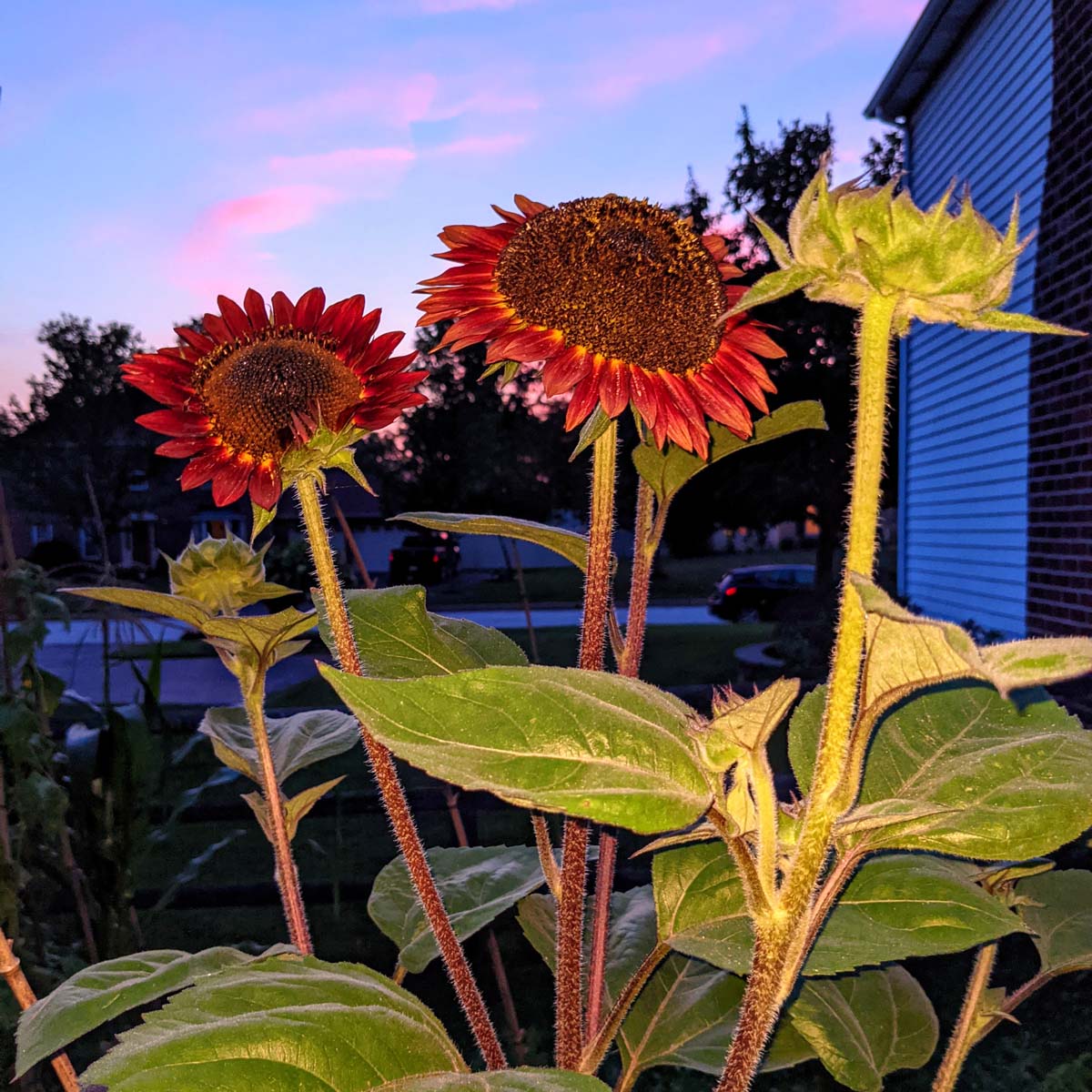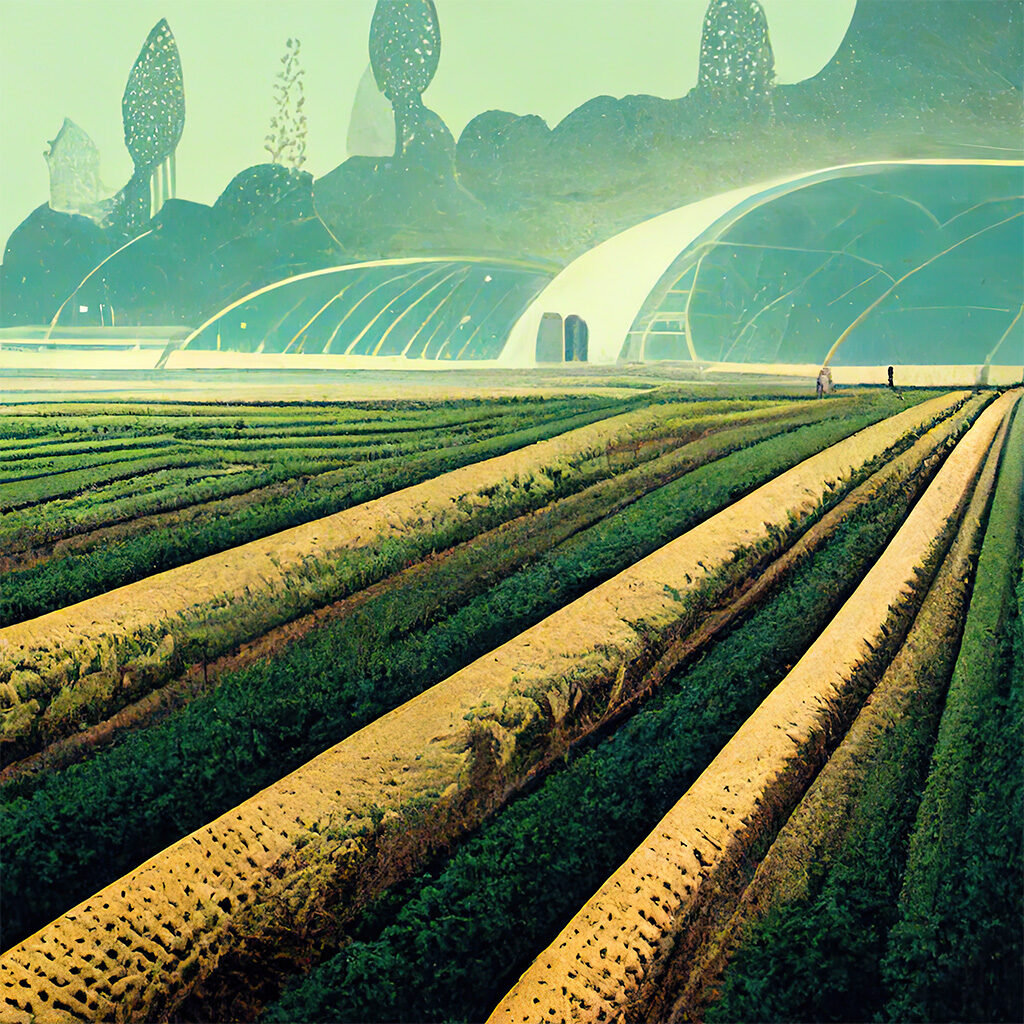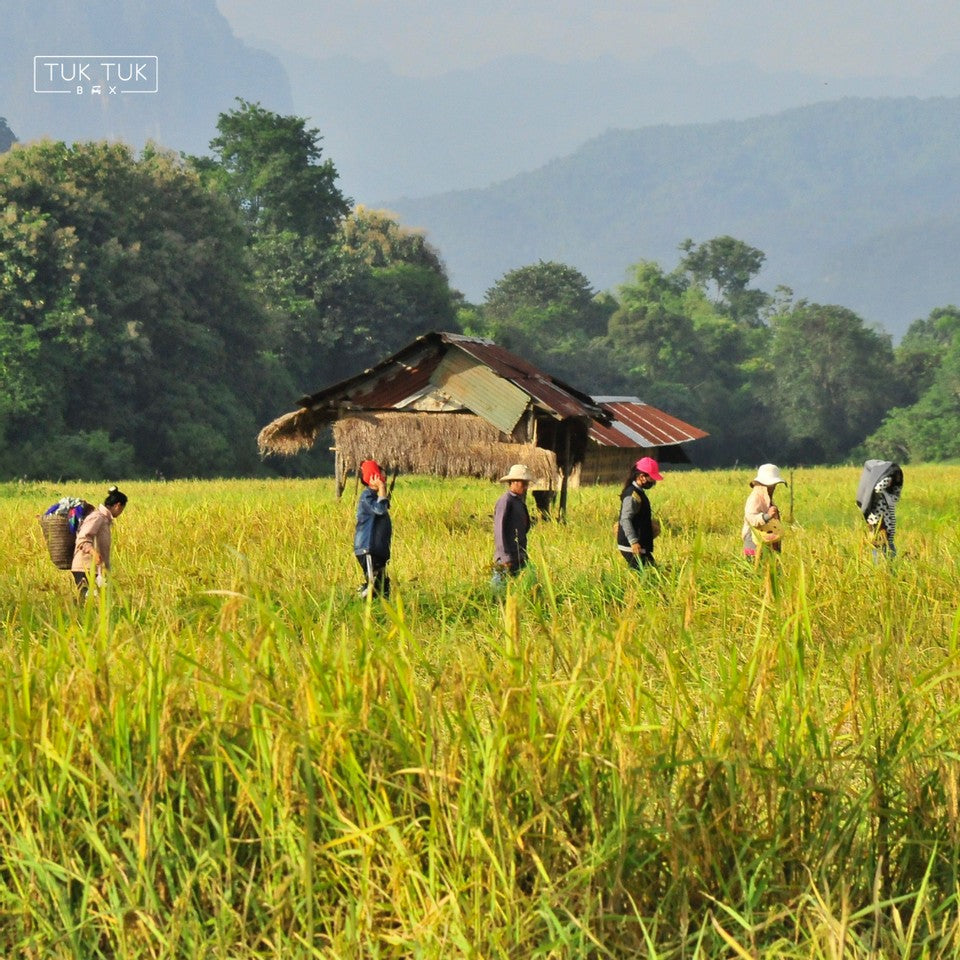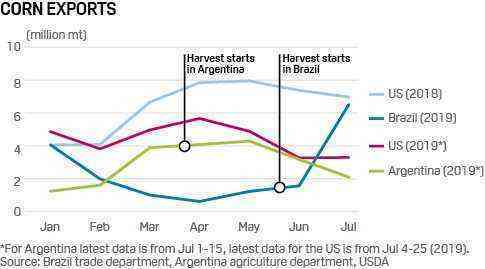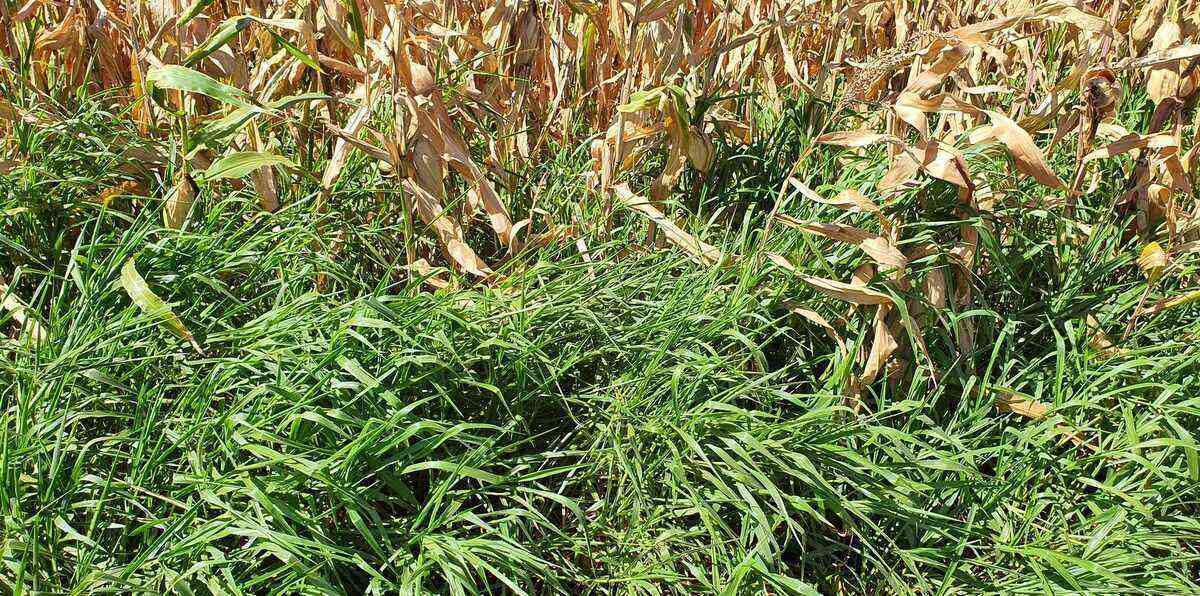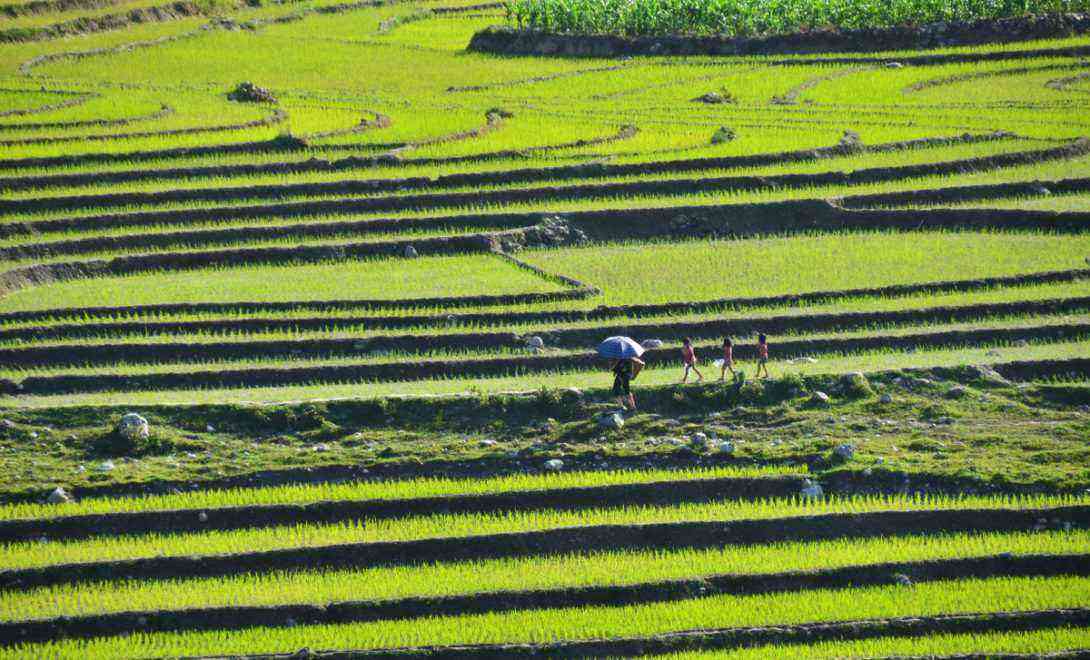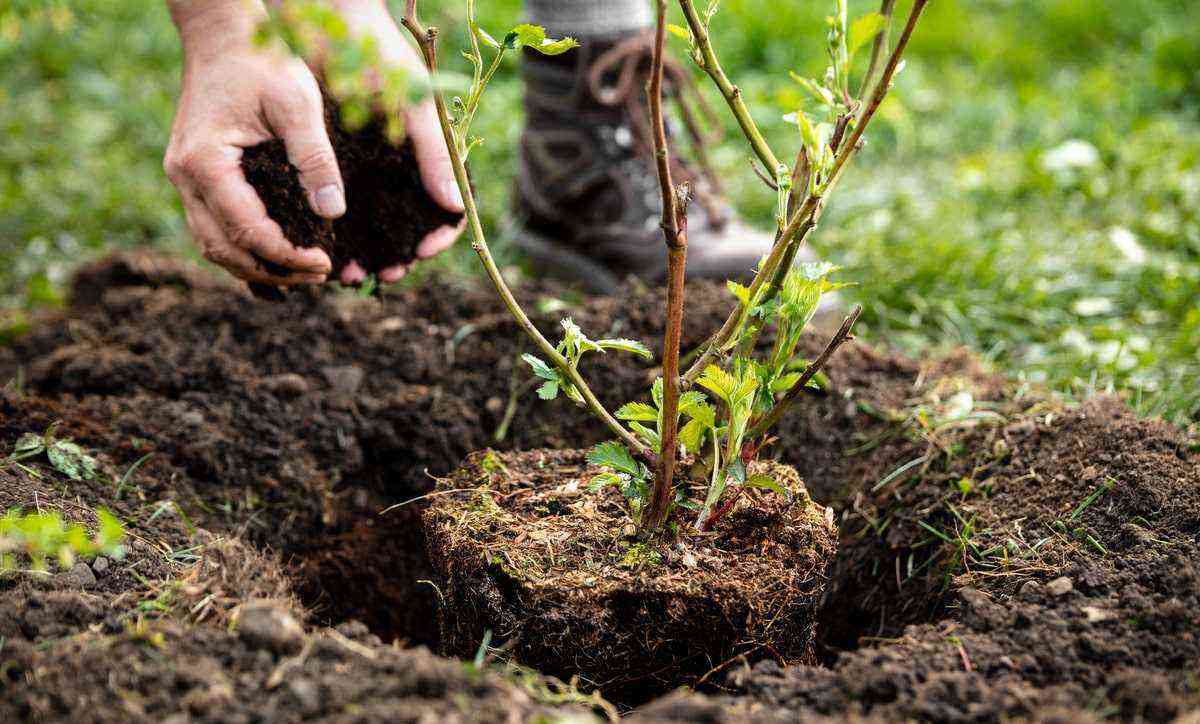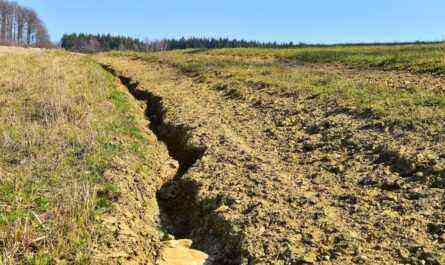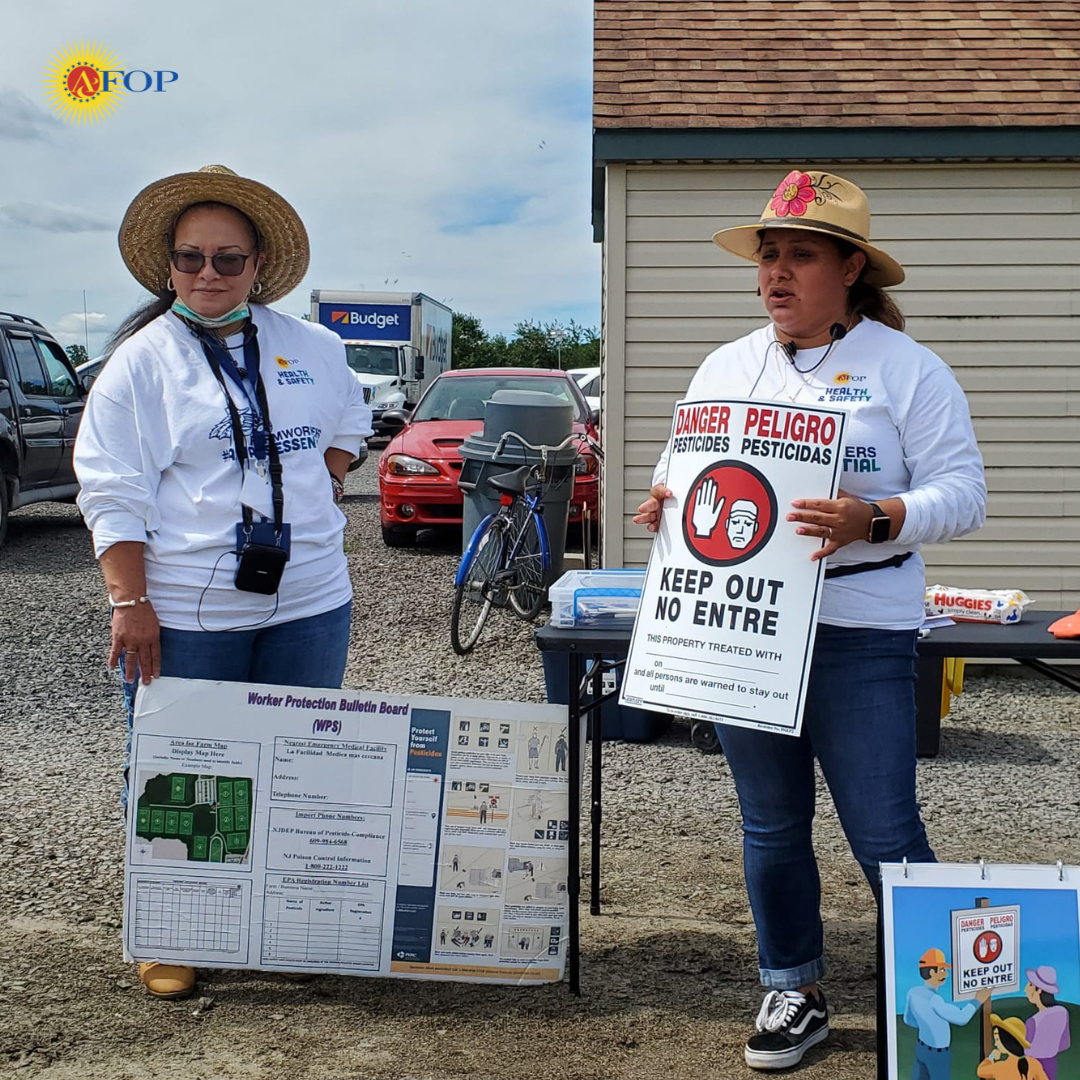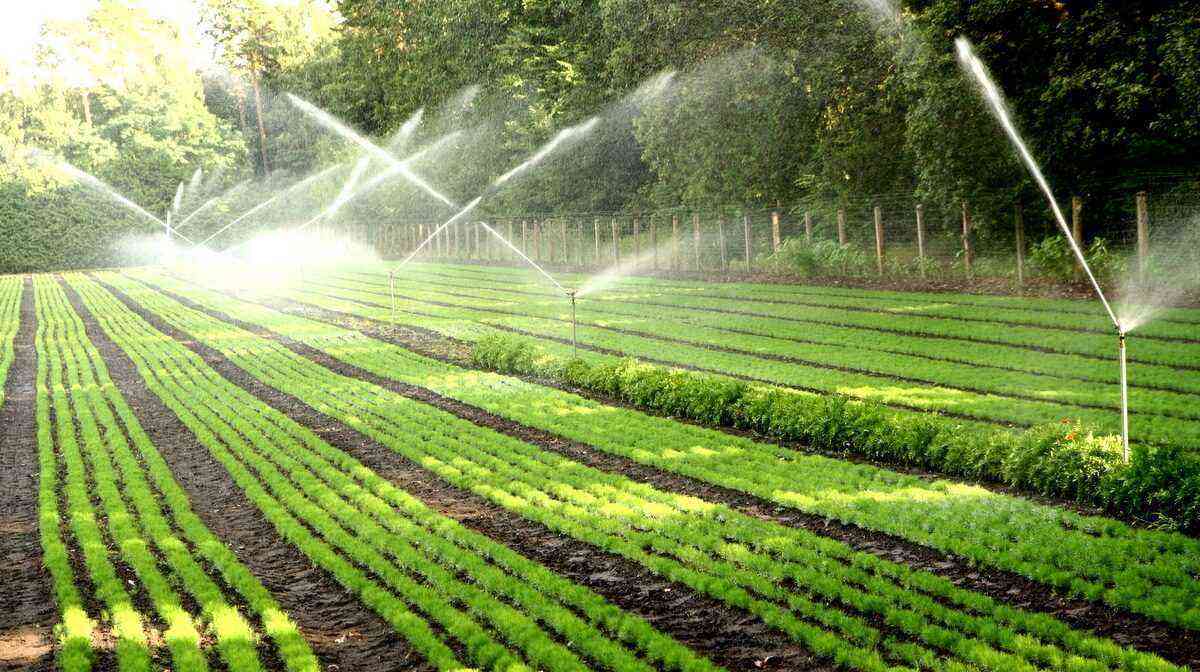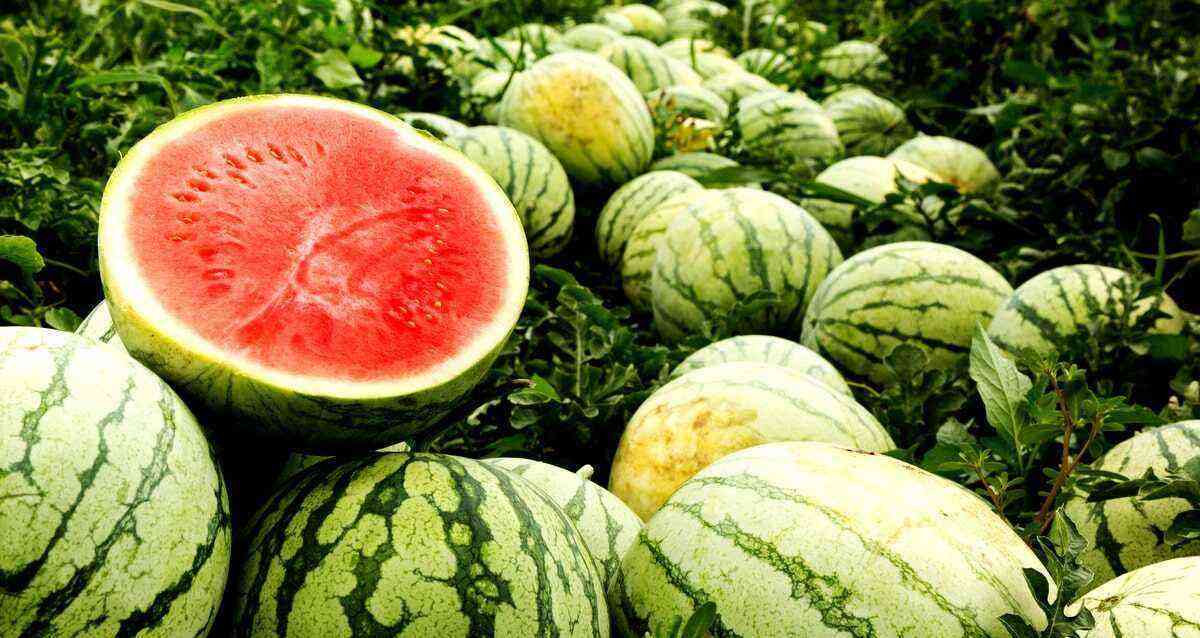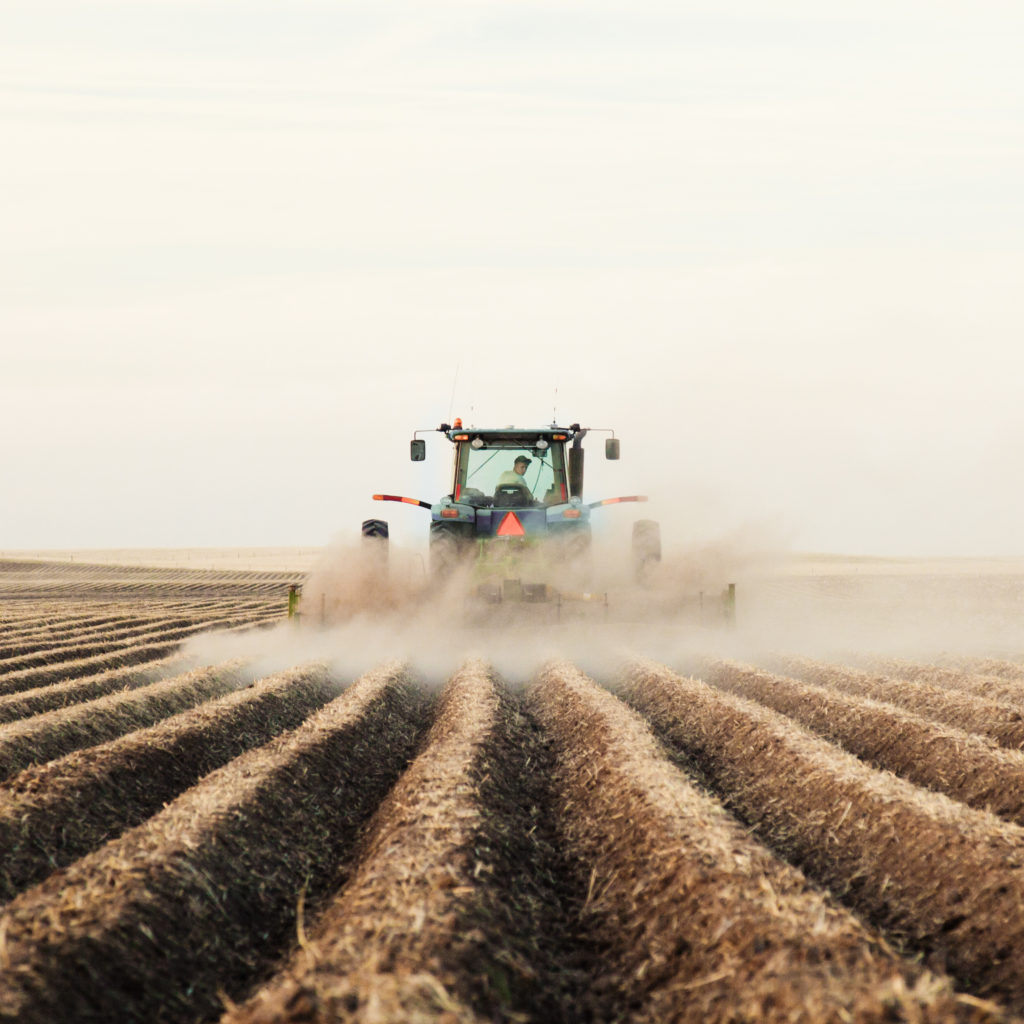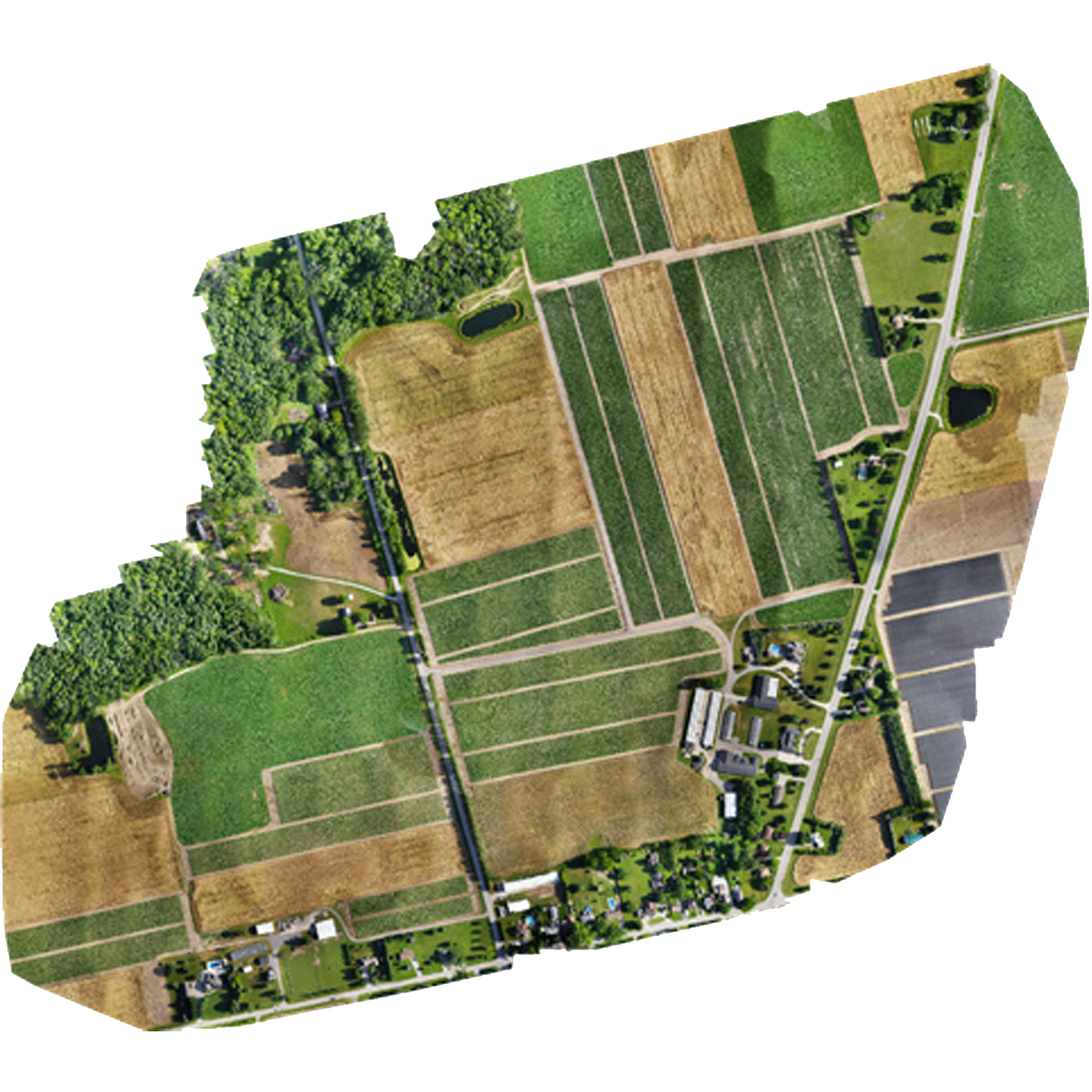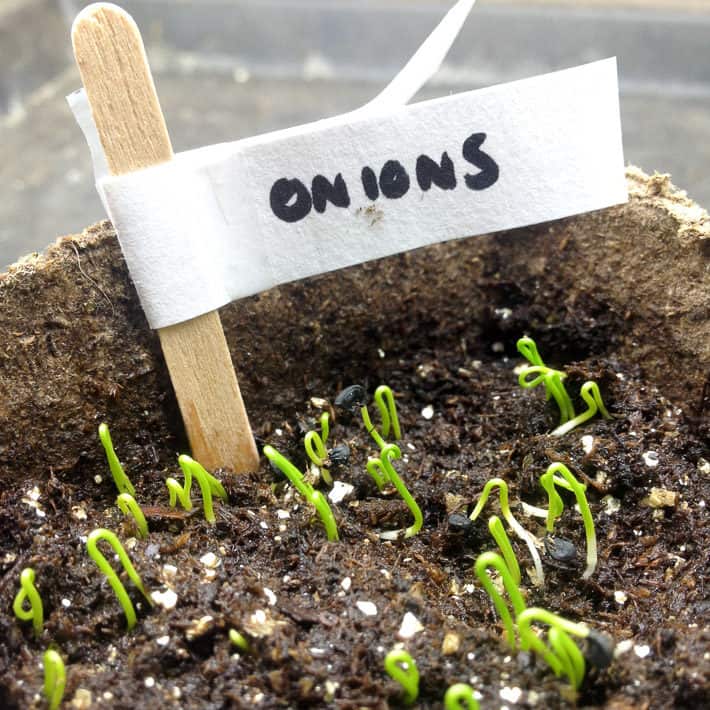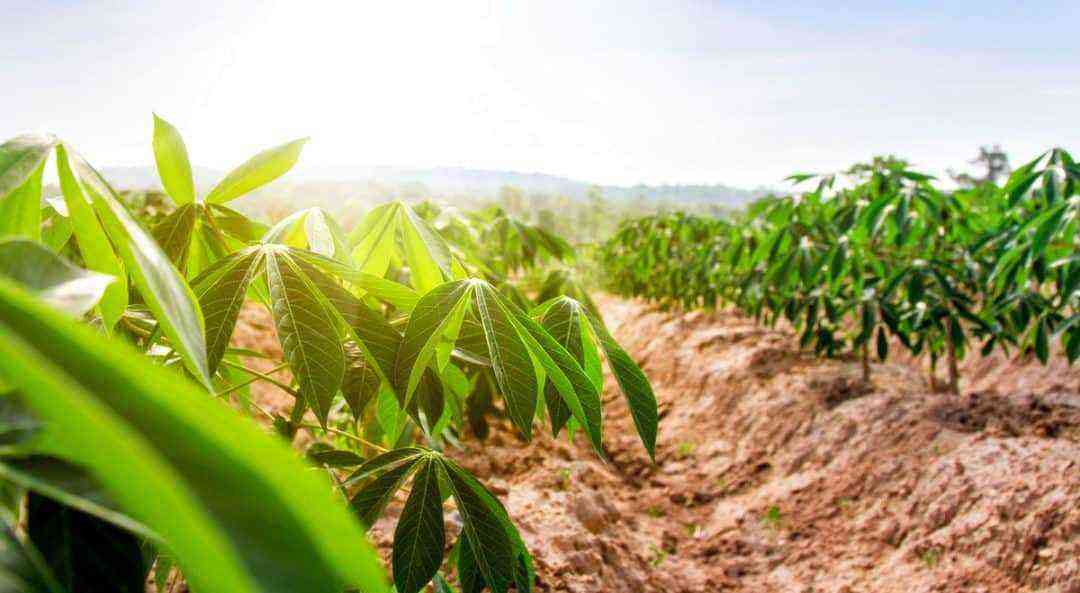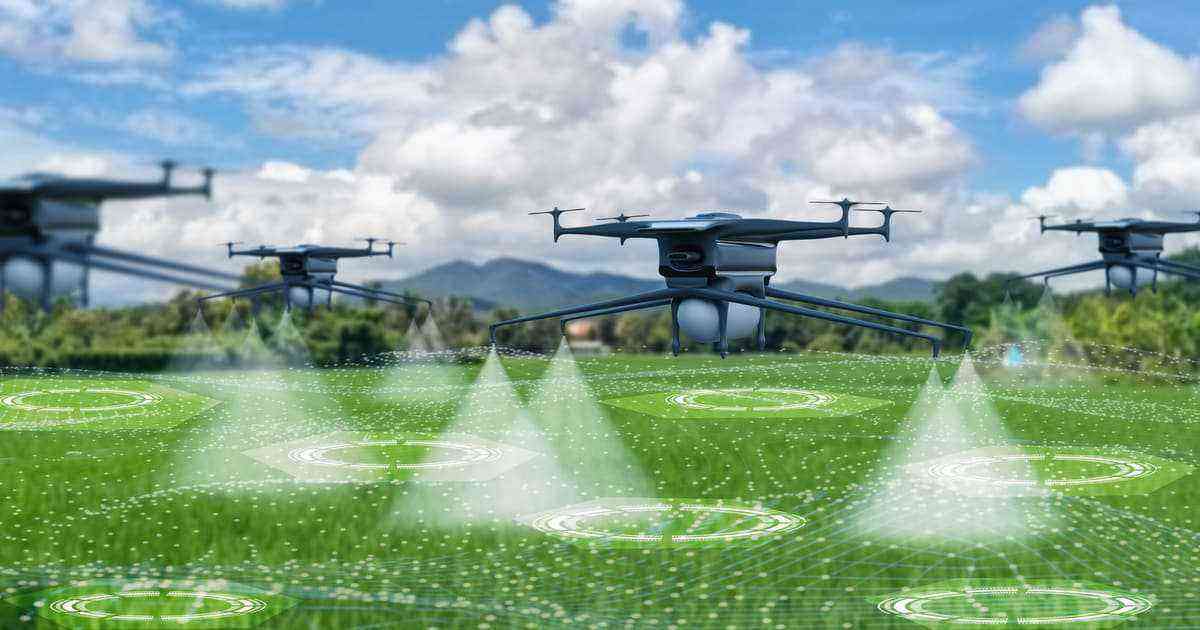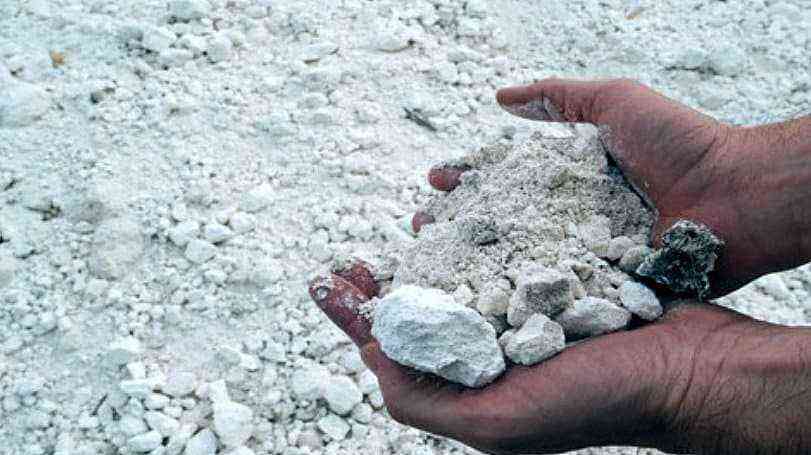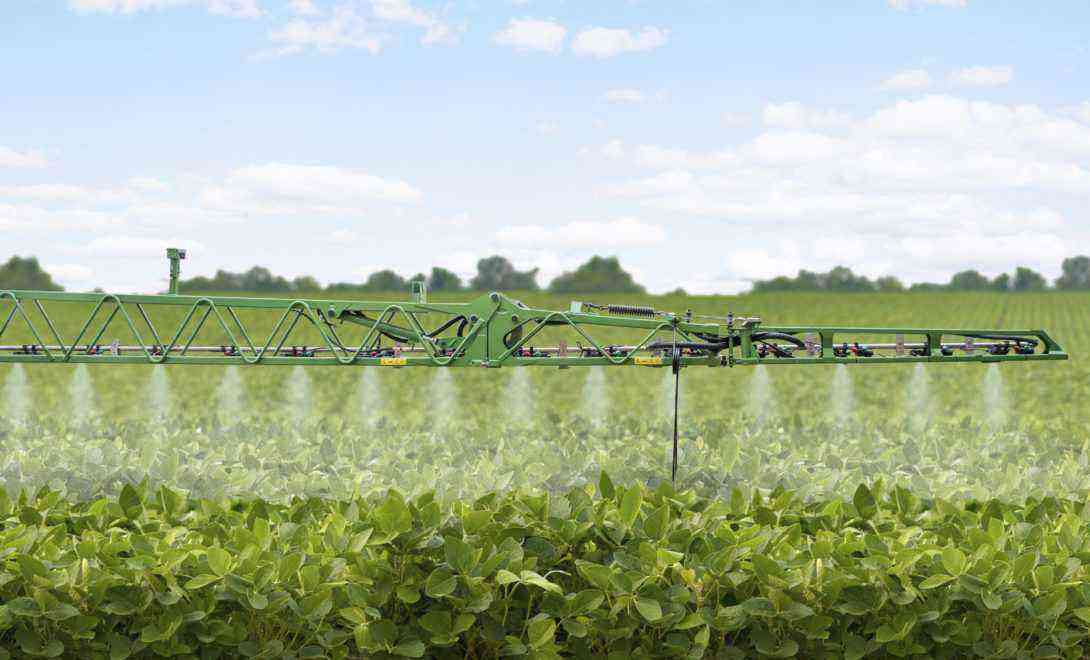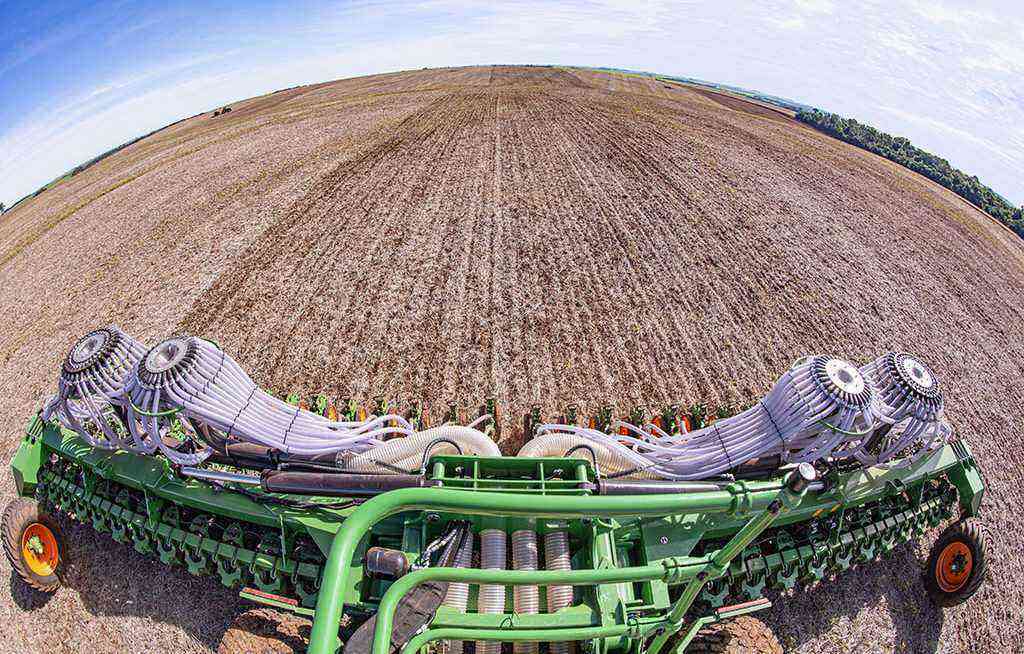Growing plants at home is an activity that more and more people are doing. Whether succulents, foliage, flowers or fruit, the important thing is to fill the space with greenery! However, do you know how to choose your plant seedlings?
Investing your time and money, only to find out after a while that you made a bad purchase is very frustrating. That’s why we’ve prepared this article with 26 tips for you to keep in mind when purchasing your plants. Check out!
26 tips for buying a good seedling
1. First, buy from reputable places. Check if the nursery where you will buy your seedlings is certified by the Municipal Agriculture Department. In addition, the location must also provide the purchase invoice;
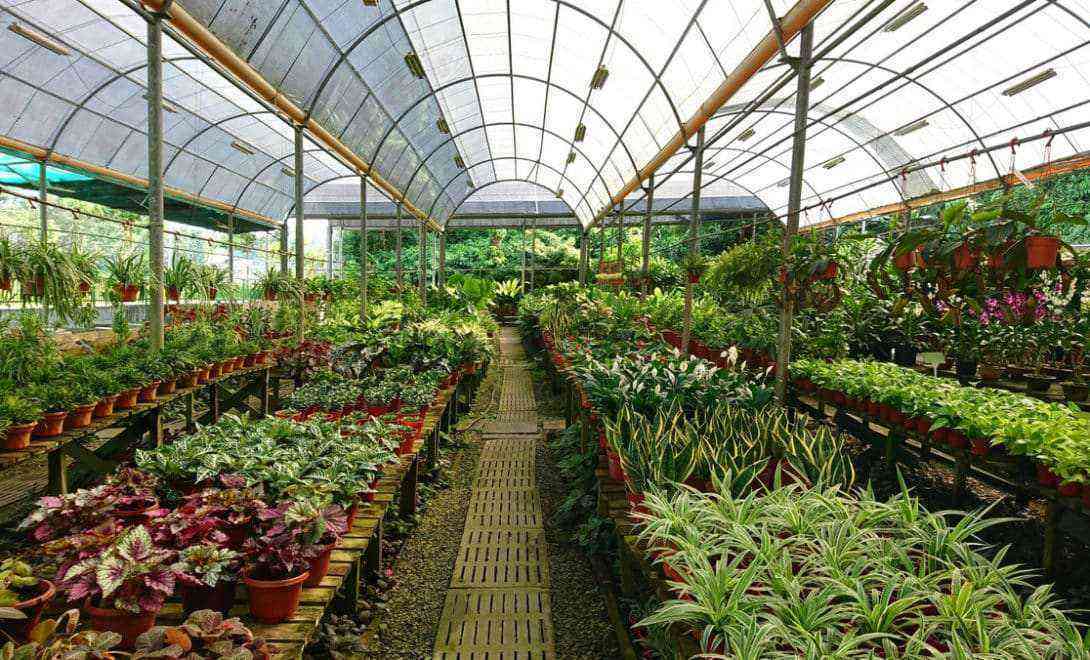
Seeking to know the “fame” of the nursery before making your purchases is also a good alternative, because whoever buys a plant that is not in effect, does not buy it again in the same place.
2. Attention to the health of plants: analyze the seedling thoroughly, look for large, brown or yellow spots. Also watch out for spots that spread over the entire plant;
3. Check that the bulbs or leaves of the plants are not damp, brown and with unpleasant smell: are signs that the plant is sick;
4. Also look for black spots that release dust on your hands, and for small reddish spots, may be fungi;
5. always look under the leaves and in the ribs. Insects and mealybugs love these places;
6. Check whether the leaves are not cut: Some malicious sellers may try to hide disease symptoms;
7. Sheets necrotic and spotted stems are also signs of disease;

It is important to know how to identify signs of pests and diseases in the seedlings. Having only a few dry leaves, for example, is normal and part of the plant’s cycle.
Read also: Edible flowers: 21 species for you to try.
8. If you want to buy a large amount of seedlings to make a bed, for example, it is more common to buy them in crates. In this case, choose the one with more healthy plants. The “up” seedlings (which are not wilted) and green are ideal for purchase;
9. Now, if you are going to buy seedlings in a pot, give preference to seedlings that are growing in a pot alone. Although it seems advantageous to choose a pot with two seedlings, there is a greater chance that they are weaker, as they are vying for water, space and nutrients;
10 Furthermore, it is very important to check the seedlings that are malformed or that are poorly cared for, with broken branches, exposed roots, dry parts and a damaged trunk. All this indicates that the plant seedlings were poorly managed;
11 Speaking of roots, it’s also always good to take a look at how they are doing. Look for signs of rot, check their quantity and that they haven’t been crammed into smaller pots than they should;

If possible, remove the plant from the pot and analyze the root of the plant. Or, slightly rock the pot and see if the plant will rock a lot or a little: if you move a lot, chances are the root is weak or shallow.
12 Want to buy flower seedlings? Choose those that have buttons, instead of being enchanted by the already open flower. Flowers usually last a few days, so it’s best to take a closed bud and enjoy the full bloom;
13 Also check the quality of the buttons: see if are not withered, because in that case, they can fall and not even open the flower;
14 if you are going to buy foliage, give preference to “fuller” plants and not taller ones. The quality of the plant is more important than the size;
15 In addition, it is important to know well the species you are going to buy, to know if any colors and spots are natural or signs of disease and lack of nutrients;
16 In fact, whenever you check yellowed leaves, ask the seller the cause;
17 Make sure you are getting the right plant: some species have numerous varieties that can be confused;

A good nursery always identifies its plants with their common and scientific names.
18 Another care when purchasing plant seedlings is to check if the size of the pot is adequate. This is important, as a very small pot can limit root growth and, consequently, harm the future development of the plant;
19 If you intend to purchase fruit seedlings, choose seedlings that have been grafted. They produce faster and don’t grow as much;
20 Pay attention to the quality of the graft and the rootstock: the handle must be complete, well made and without signs of infection;
21 Give preference to seedlings that already have some sign of production, fruits or flowers;
22 However, if your intention is for your fruit tree to grow into a large tree and if you are not in a hurry to harvest the fruits, choose a seedling made from seeds;
23 When choosing succulents, check that they are not etiolated, with broken leaves and infested with mealybugs;
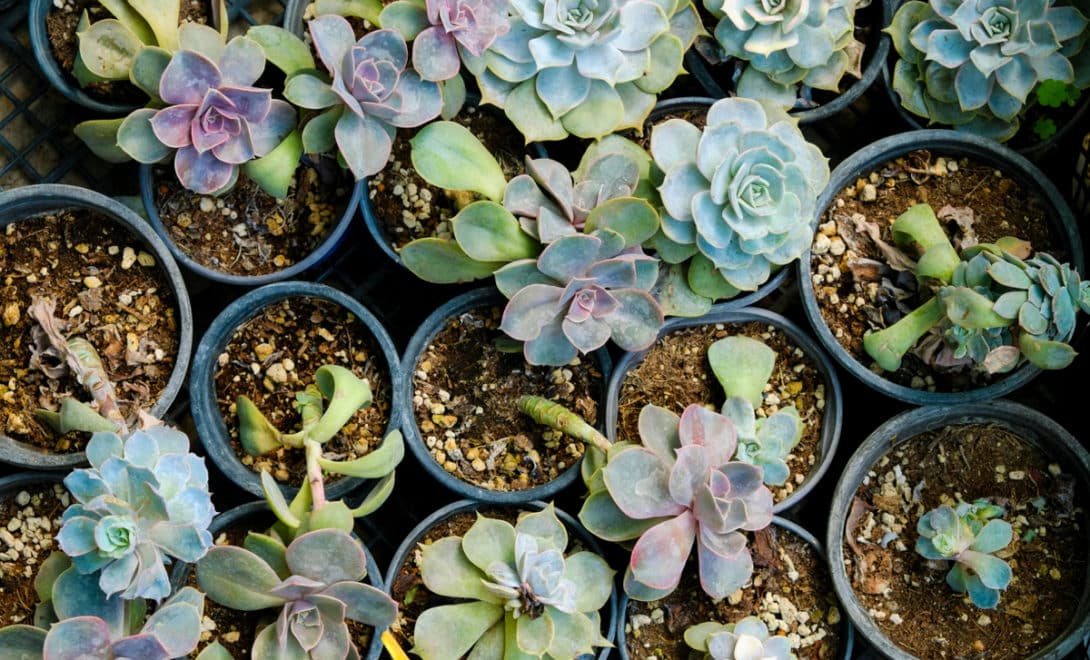
Also check that there aren’t too many pieces of the plant in the substrate, and that they only have leaves on one side. In that case, choose another plant.
24 If you are going to buy plants over the internet, avoid foreign sites, as there are laws that regulate the trade in seedlings and seeds;
25 Give preference to buy from producers in your region. On the MF Rural website you will find seedling sellers and nurseries from all over Brazil;
26 Finally, as a safety measure, it is recommended to “quarantine” your newly acquired plants. Leave them in a separate room from your other plants for a while. That way, if they have any pest or disease, there is no risk of infestation.
Did you like this article? Enjoy and also check out our text on ornamental plants. Good reading!

